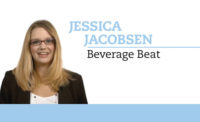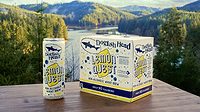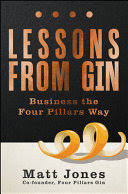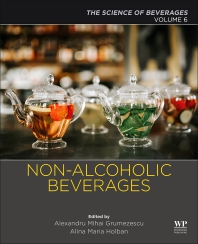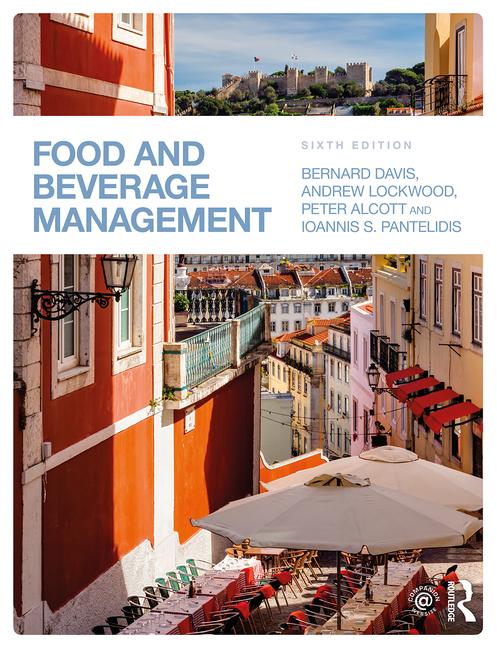Understanding the potential of influencer content
NCSolutions’ Deirdre McFarland shares insights on creator-generated content

(Image courtesy of Getty Images)
Mary Wells Lawrence, who passed away earlier this year at the age of 95, is known for her contributions to the advertising space, including the iconic I Love New York campaign that debuted in 1977. Referred by many as a pioneer of the industry, she was revered for her accomplishments in business as well as her creative works. But with so many brands on the market, advertising campaigns have more challenges and opportunities to engage with consumers.
A growing platform has been the use of creator-generated content — often called influencer content — on apps or social media platforms. Although this might be foreign to some consumers, a vast number are showing the influence these campaigns can have in the path to purchase.
A recent consumer sentiment survey commissioned by NCSolutions (NCS) found that 48% of Americans purchased a product they saw featured in creator-generated content. The number was even higher with Generation Z (born between 1997 and 2012) consumers with 66% indicating as such. Meanwhile, 55% of millennials (born between 1981 and 1996), 41% of Generation X (born between 1965 and 1980) and 24% of baby boomers (born between 1946 and 1964) have purchased a product they saw from influencer content on a social media platform or entertainment app, the study found.
In a questions and answer (Q&A) interview with Beverage Industry, Deirdre McFarland, chief marketing and communications officer of NCSolutions, shares insights on the potential for creator-generated content and the type of content forms that brands can utilize.
Beverage Industry (BI): Your recent survey regarding influencer-generated content regarding brands, highlighted the growing impact this is having on consumers. Why do you think this resonates with consumers, particularly Gen Z?
Deirdre McFarland (DF): Gen Z is the OG generation of digital. As digital natives, they’ve never known a world without the internet, and so they’ve spent their entire lives online ― socializing, learning, connecting. For them, friendships aren’t bound by geography. Someone they know only virtually is just as likely to be a “friend” as someone they know in real life. In our recent survey, 27% of Gen Z ― compared to just 12% of other generations ― told us they feel connected to content creators in a way that feels as if they're friends. That feeling amps up the level of trust and drives their purchase decisions.
BI: Among the insights found was an interest in short-form content. How can brands balance this element with their storytelling?
DF: Consumers really expect advertisers to get right to the point, which underscores the power of short-form content. And we know from our TikTok measurement insights, cited in our new eBook, Connections That Click, that there is a sweet spot ― six to 10 seconds on the TikTok platform ― where the impact on incremental sales is 72% greater than video views under two seconds. However, brands need to tell their story in a variety of ways, and they have to be strategic in order to drive better outcomes. To reach consumers at each stage of the buying journey, brands will need to create content for different audiences and purposes, and they need to find the right balance of content creator collaboration, frequency, view length, creative and other factors. Measuring campaign performance is the best way to learn how to optimize the mix.
BI: In terms of the type of influencer-generated content that consumers are interested in seeing, humor and how-to information were the top picks. For beverage-makers how can these forms work for their brands?
DF: Our research shows incremental sales increase when creator content is combined with advertising. Beverage brands can work humor into their collaborations with influencers. And look, working how-to information into campaigns is a proven strategy for CPG brands, which have been using it for generations. Think of the soup brands that have consistently published recipes on packaging. Today, beverage brands can partner with content creators to demonstrate how to make a cocktail or mocktail that includes one of their products as an ingredient. Brands should focus on the content strategy and understand how influencer content and advertising fit together. They can use measurement to understand what works and what doesn’t to build the most effective strategy. Finally, collaborating with food and beverage influencers will expose beverage brands to new generations and help them build brand loyalty with younger consumers.
BI: Authenticity from influencers continues to be important for consumers. What should brand owners look for when wanting to develop that authentic connection with consumers through today’s leading influencers?
DF: A key finding from our consumer sentiment surveys over the past couple of years is the important role brand values play in consumer purchase decisions. Americans are more inclined to be loyal to brands that share the same values. This is underscored in our latest update to our groundbreaking study “The Five Keys to Advertising Effectiveness.” Creative is the No. 1 factor contributing to incremental sales growth ― it contributes 49% ― but brand factors, like loyalty, are now the second most important driver ― impacting 21% of incremental sales in 2024, up from 15% in 2017.
One way to be authentic is for brands to work with influencers whose values align with their own. For instance, if a core value is sustainability, they’ll want to partner with an influencer who also promotes and lives this value.
Looking for a reprint of this article?
From high-res PDFs to custom plaques, order your copy today!





